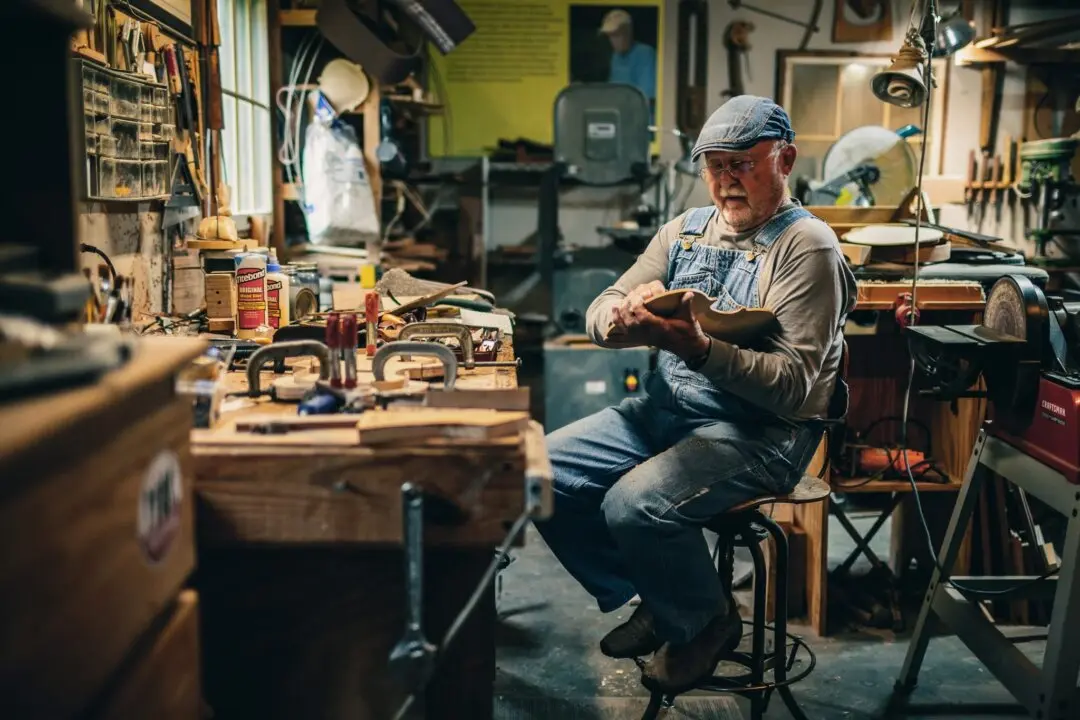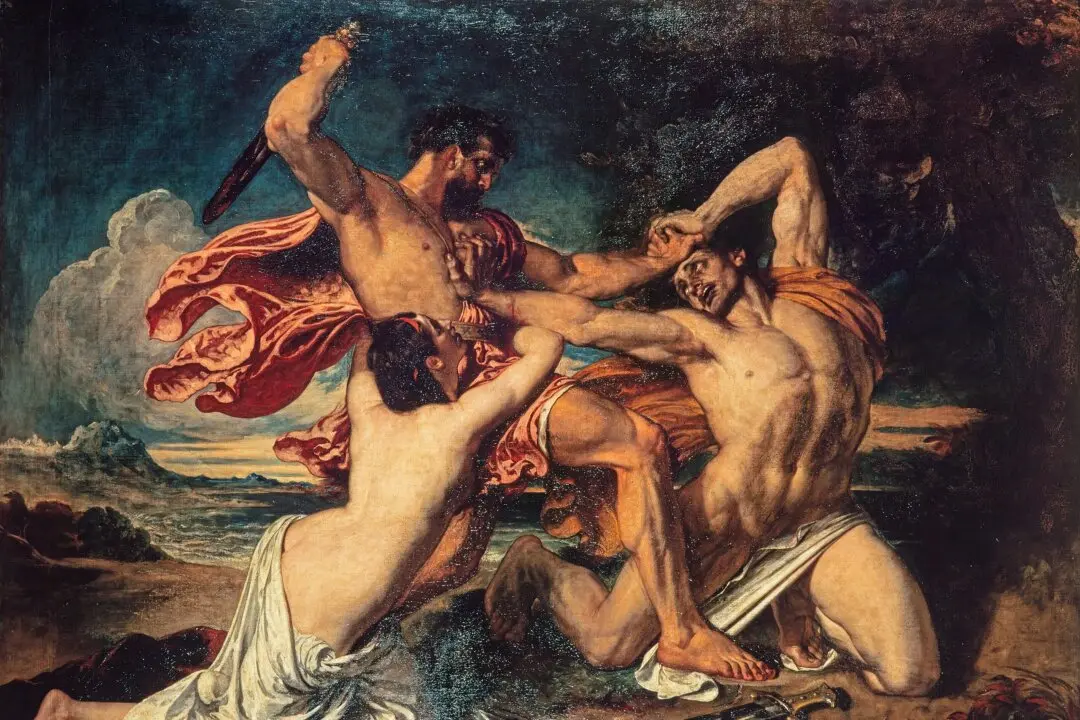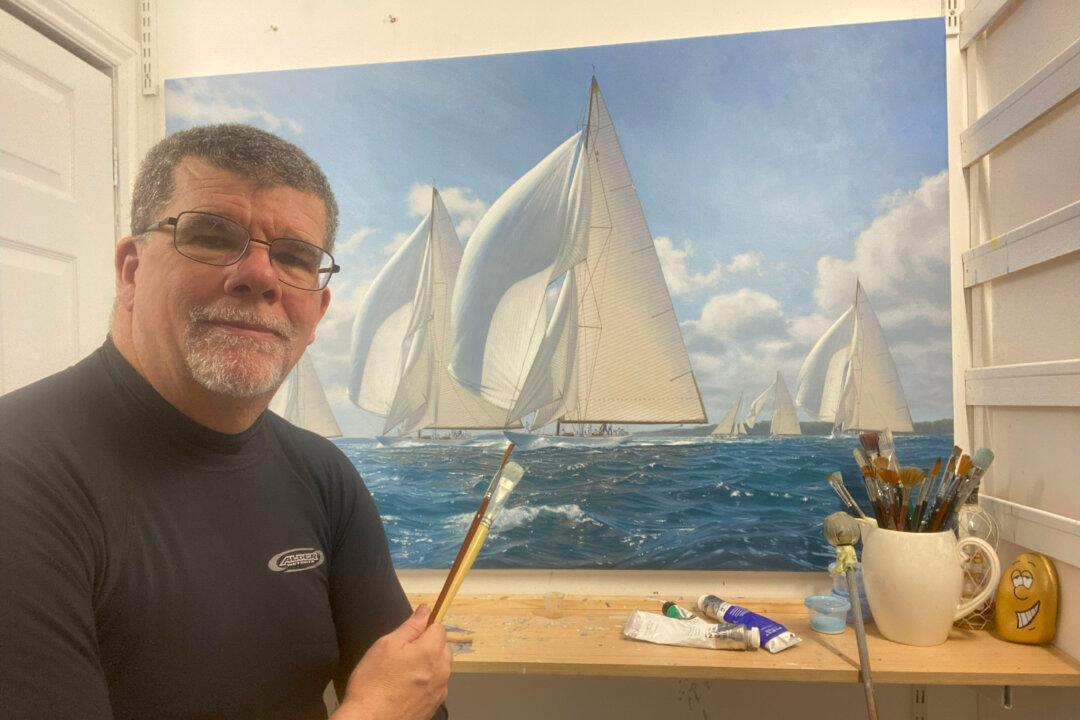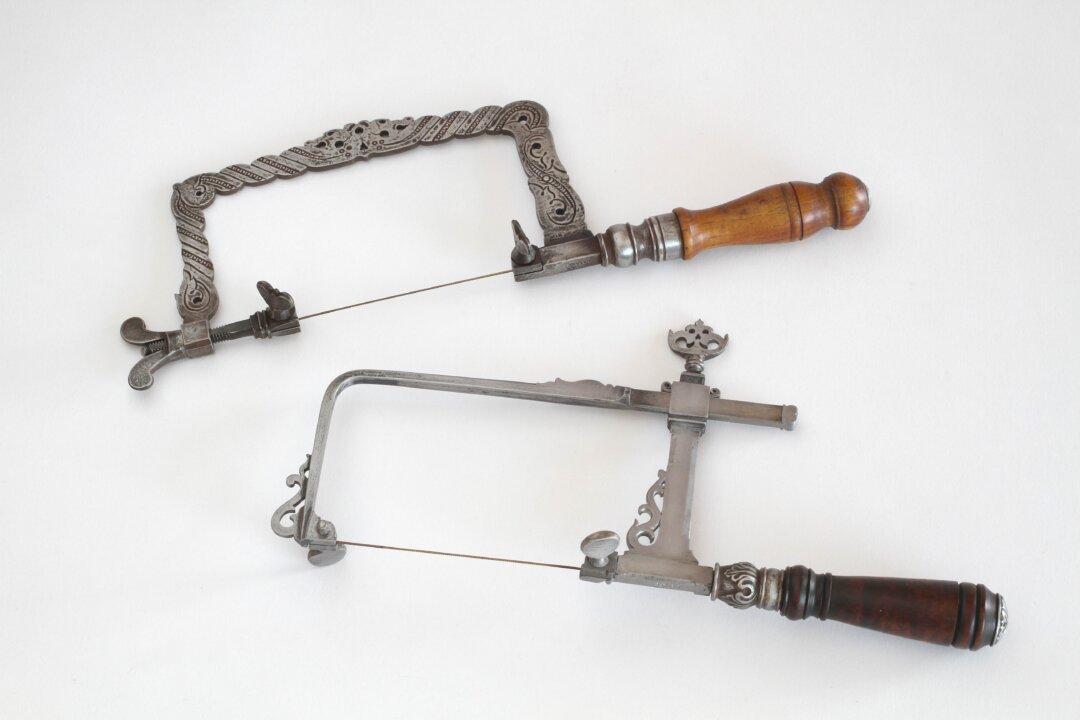In 1860, Abraham Lincoln became the first Republican president of the United States, when the country was in the grips of a secession crisis. And in that year, American artist Frederic Edwin Church set the sky ablaze in his painting “Twilight in the Wilderness”—a painting that many experts see as symbolizing the approaching Civil War, which began in 1861.
Church finished the painting on the eve of the Civil War, and the gathering storm clouds that he painted seem to signal that turbulent time. The sky resembles the dying embers of a fire taking its last breaths—aglow with reds, yellows, and blues. Setting behind a dramatic sea of clouds, the sun’s last rays shine onto the lake below and a rock formation in the foreground, showcasing Church’s impressive rendering of the wilderness that he was so famous for.






